South Africa: Historic Sites To Visit During Your Stay In Kwazulu-Natal
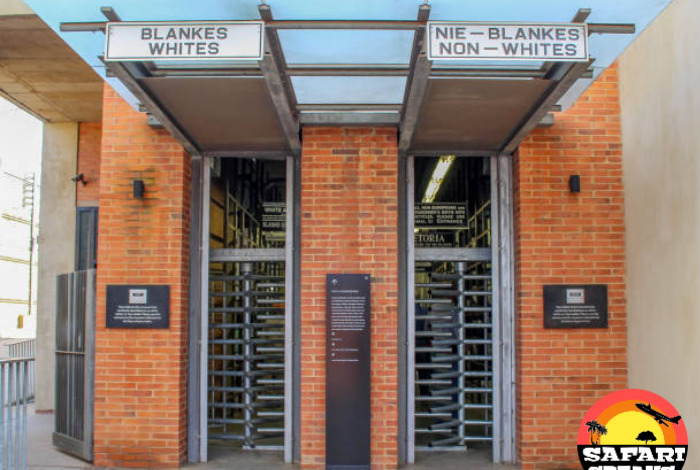
There are so many interesting and ancient places to visit while you embrace the warm welcome of the Republic of South Africa. Africa is blessed with many different monuments and archaic sites that will make you keep in touch with history at its peak. KwaZulu Natal is one of those many places tourists should try to tour. Kwazulu Natal is the home of the isiZulu language and it contains irreplaceable cultural and historical backgrounds many of which are protected and conserved so that the culture does not go extinct. the word Kwa for the Zulu people mean home and put together, KwaZulu mean the home of the Zulu people. They are very welcoming people and always happy to receive visitors and foreigners because it is also a way of making their cultural heritage because they have made it a home to all.
The many apartheid political wars led to the discovery of these sites and just as it might be, many of the vital and educative which hold more ethnic and cultural backgrounds have refused to be included in the archives of historic sites either because of the policies of the government or the standards were not met.
This post will dig into many of these sites in the province of KwaZulu Natal in South Africa with a taste of the intriguing history of the Zululand of the events in the past that helped shaped their present cultural beliefs. It is also intended to deploy more spaces and seek the interest of history lovers to make sure to visit most of these lovely sites on their visit to South Africa.
Popular Historic Sites In KwaZulu Natal
Over some years, especially during the Stone and Iron Ages, some groups of Bushmen who categorised themselves as the Nguni pastoralists, Boers, and some of the men from Britain who had come for exploration in Africa finally settled in the central and northern parts of the KwaZulu-Natal. This part of KwaZulu is located near present-day Lesotho and Swaziland. To date, it is still inhabited by these groups of people that have been mentioned. They came to form the kingdom of the Zululand.
The Zululand was under the monarchy leadership of the popular King Shaka’s half-brother, Dingane when the first set of pastoralists and Beors arrived in the Port of Natal which is the present-day Durban. They came to check if there would be a possibility of them settling with the Zulu people. After some years, some white settlers eventually came in after the Boers had fought a war and won against the Zulu people. The war was called the Battle of Ncome or the Blood River. The white settlers who came in to settle were mostly missionaries and traders.
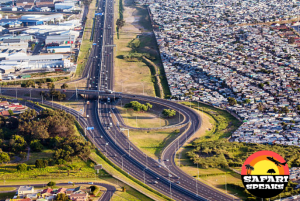
Land of the Zulus
During your stay in KwaZulu-Natal, do well to pay a visit to the main Zululand. This is one of the most ancient tribes in Africa with many rich cultural heritage that has yet been preserved to date. During September – November (depending on when it is fixed for the year), many foreigners come in their large numbers to witness the popular Zulu festival where they showcase the richness of their culture especially when the virgins of the land are honored for keeping their virginity. In Zululand, virgins are held with high integrity and their bride price doubles depending on the age of the girl.
As a visitor, you will surely be happy to watch and partake in this beautiful festival of the Zulu people. You can as well long to know the history of the people. The Zulu people are said to have gotten their name from one of their indigenous sons who by name Zulu – which means people of the skies or people who have descended from heaven or above. They have a very powerful clan and kingdom which till date still wax strong.
Landmarks of the Zulu-Boer conflict
Once you arrive Kwazulu-Natal, the landmark of the Zulu-Boer conflict is one major landmark that they have preserved for historical purpose. The conflict between the Zulus and the Boers is one that has left a very bit mark on both parties. The Boers are mainly descendants from Dutch, Germany and others from the United Kingdom. They came in and started to try to take over the lands of the Zulus through colonisation and these was almost through force. The Zulus in order to protect their historical background.
When you get to the battle site, you will get to see sixty four bronze ox wagons which mark the site of the battle field. The battle was between the Zulus and Voortrekkers. It was one of the main reasons why the Ncome River run red with blood of those who were martyred in the war. During the war, the rate of death that was recorded were almost 96 adults, 185 children and about 200 servants and many herds of cattle were not left out from the outrage.
The City Hall
The City Hall which is located in the heart of Durban once you are approaching the town of KwaZulu Natal is one of the beautiful and historic places to visit. The City Hall lies in the eastern side of the Farewell Square which was formerly called Market Square. It is a four separated building that has only three main entrances. One of the main entrances leads to the massive auditorium hall that has some beautiful historic musical instruments, carvings and paintings.
Funny enough, the City Hall is the first public structural building to show or represent a black man’s history in South Africa. The man can be seen in the right hand corner of the street of the Church with a shield in his hand. The City Hall is one that en-comprises of the Council Chamber and some important Clerk’s offices, the Art gallery of Durban is also included there and a general history museum and library of some ancient writings of South Africa can also be seen in the City Hall.
When you plan to visit the Durban City Hall, you can plan your tour through the Durban Africa at the Tourist Junction or through any of the staffs working at the Cultural History Museum. It is surely a beautify scenery to behold.

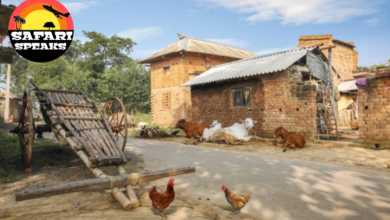
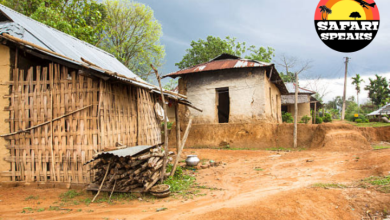
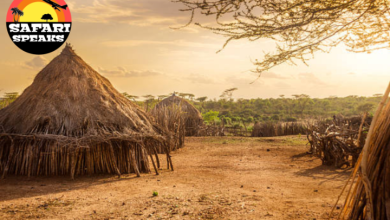
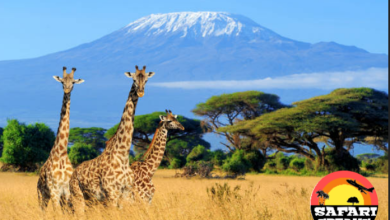
You have noted very interesting details! ps nice website.Leadership